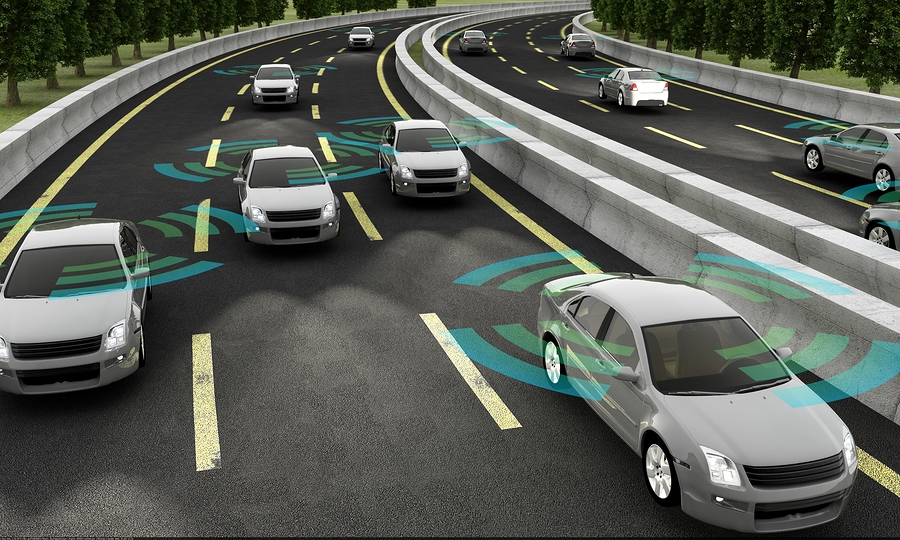For more than a decade the automotive industry’s focus has been set on autonomous vehicle technology that has seen been acknowledged as a love triangle between automobile technology, computer technology and software engineering that has been embraced by major automakers which include Tesla, BMW, Audi, Volvo and even Google for that matter.
However what most people are unaware of is the fact that autonomous technology or self-driving car research has actually been on the table for nearly half a century and if you happen to find this fact unbelievable, just look up a research publication about autonomous vehicle in IEEE Spectrum, published in 1969. The feature article presents theoretical assumptions by engineers Robert E. Fenton and Karl W. Olson on how “smart infrastructure” would enable cars to guide themselves on roadways.
Ever since then automotive engineers have never ceased to tinker with cars to make them ‘self aware’ and the advancement in computer technology and information systems and their factorisation into mechanical components has finally made it possible for cars not only to pilot themselves, but also communicate with other cars due to the leaps and bounds that technology has made enabling computers to not only compute scenarios and come up with prediction models, but also understand their surrounding and subsequently make decisions according to the relevant information that they are able to extract from their surrounding which we now refer to as Artificial Intelligence (AI) which plays a critical role towards developing the final self-driving car that can be released on public roads without worrying about miscalculations, bugs in the system or malfunctions.
The concept is not as farfetched as some would like to believe based on the fact that AI is simply modelled from how humans use their sensors such as sight, sound, smell, feel and taste to manoeuvre themselves with the only difference being that a self driving car would need to have components that act as sensors to understand their surrounding environment process it and subsequently select specific actions to be carried out just as we would based on whatever information that has been gathered.
Self driving cars therefore would be outfitted with tools or sensors that would enable them to gather data and this would come in the form of long-range radar, LIDAR, cameras, ultrasound, infrared and maybe even short/medium-range radar which would be in active states throughout the time the vehicle is in operation to collect different sets of information in order for the vehicle to make informed decisions. The only obstacle the autonomous engineers are facing right now is the inability for AI to compute the millions of different scenarios and make the best decisions. However, that time is approaching fast and based on the tempo that everything is progressing in, autonomous cars being on the road within the next 5 years is a distinct possibility!
It is not a brain that they need at the moment to get things rolling as they have the brain, what they need now is the process that will give the brain that they have the ability to make the right choices at the right time in the right situation!

